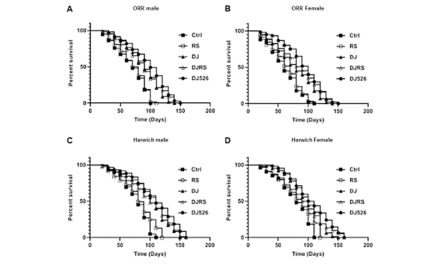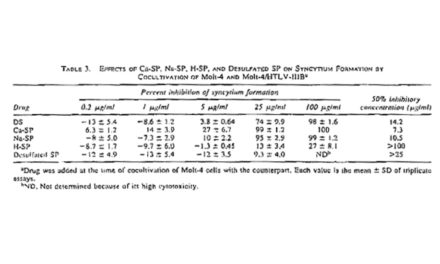Diversity of Tilletiopsis-Like Fungi in Exobasidiomycetes
(Ustilaginomycotina) and Description of Six Novel Species
Christian Richter1†, Andrey M. Yurkov2*†, Teun Boekhout3,4 and Marc Stadler1
1 Department of Microbial Drugs, Helmholtz Centre for Infection Research, Braunschweig, Germany, 2 German Collection of Microorganisms and Cell Cultures, Leibniz Institute DSMZ, Braunschweig, Germany, 3 Yeast Division, Westerdijk Fungal
Biodiversity Institute, Utrecht, Netherlands, 4 Institute for Biodiversity and Ecosystem Dynamics, University of Amsterdam, Amsterdam, Netherlands
In 2006 several yeast-like fungi were isolated from apples that showed a postharvest disorder named “white haze.” These strains were morphologically and molecularly assigned to the genus Tilletiopsis. Following the recent reclassification of yeasts in Ustilaginomycotina and the genus Tilletiopsis in particular, species that caused “white haze” disorder were re-identified based on the phylogenetic analysis of five DNA-loci (ITS, LSU, SSU, RPB2, and TEF1) and analysis of D1/D2 domains of the 26S/28SrRNA (LSU). Six novel species belonging to three orders in the Exobasidiomycetes, namely Entyloma belangeri (holotype: CBS 111600; ex-type: DSM 29114) MB 823155, Entyloma davenportii (holotype: CBS 111604; ex-type: DSM 100135) MB 823154, Entyloma elstari (holotype: CBS 111593; ex-type: DSM 29113) MB 823153, Entyloma randwijkense (holotype: CBS 111606; ex-type: DSM 100136) MB 823156, Jamesdicksonia mali (holotype: CBS 111625; ex-type: DSM 29121) MB 823151 and Golubevia heteromorpha (holotype: CBS 111610; ex-type: DSM 100176) MB 823152 are proposed to accommodate these strains. In addition, sequences representing
phylogenetically related but yet undescribed fungi were obtained from GenBank in order to show the diversity of Tilletiopsis-like yeast states in Exobasidiomycetes.
Keywords
six new species, Tilletiopsis, apple, white haze, postharvest disorder









